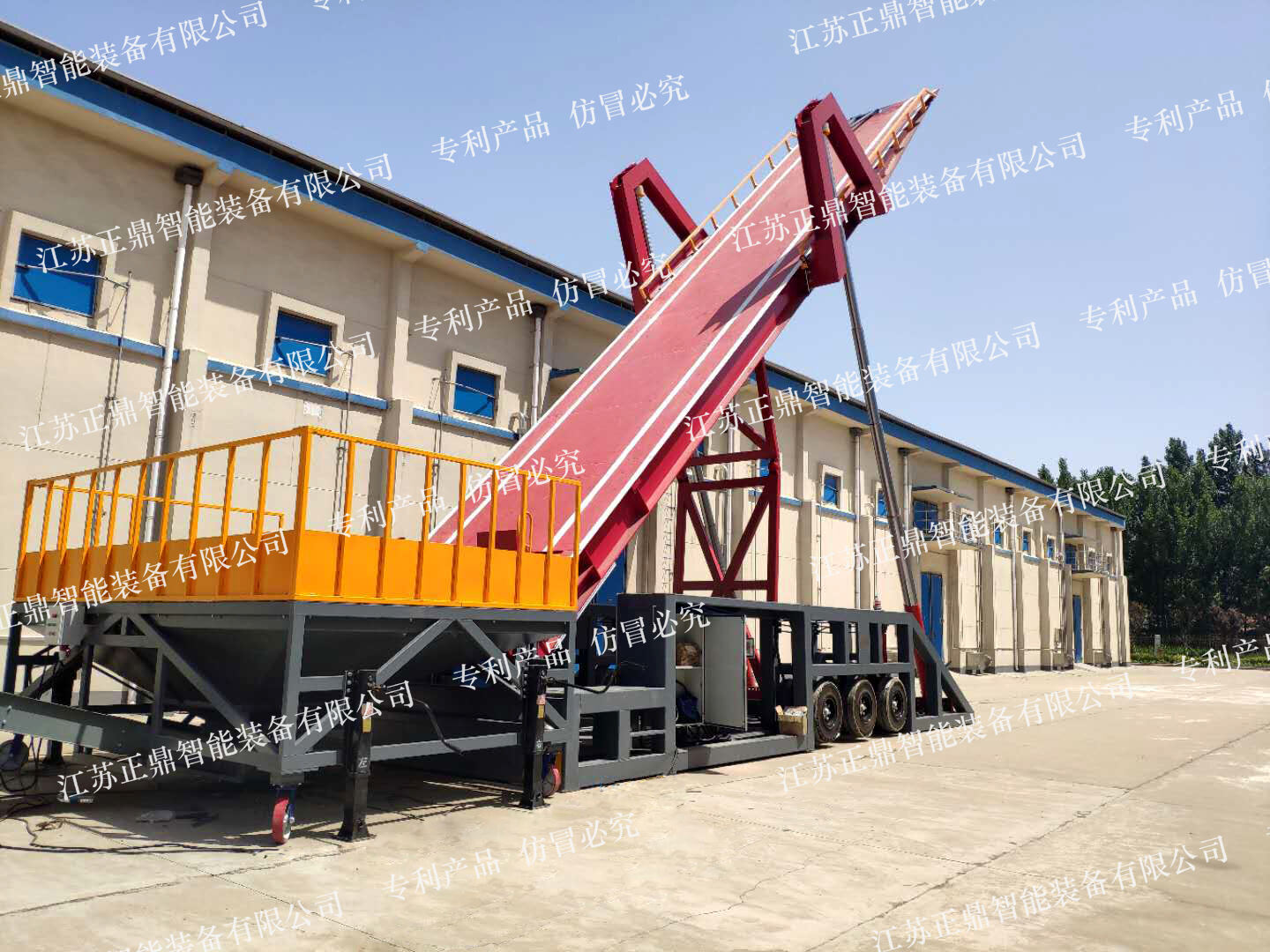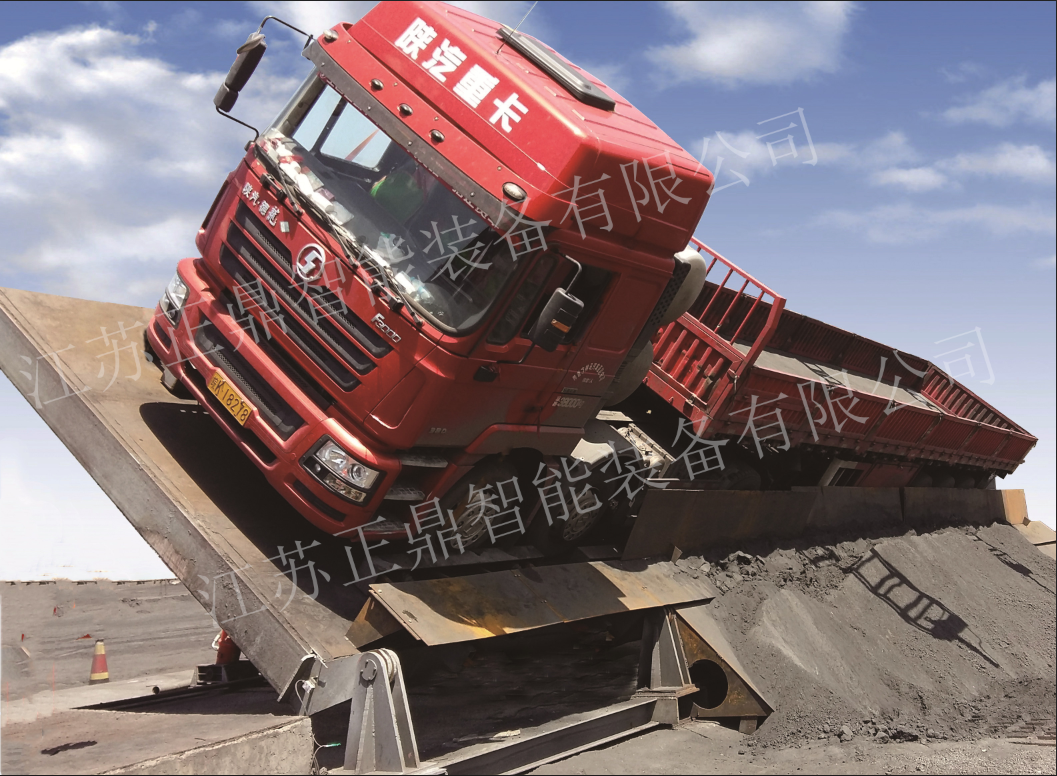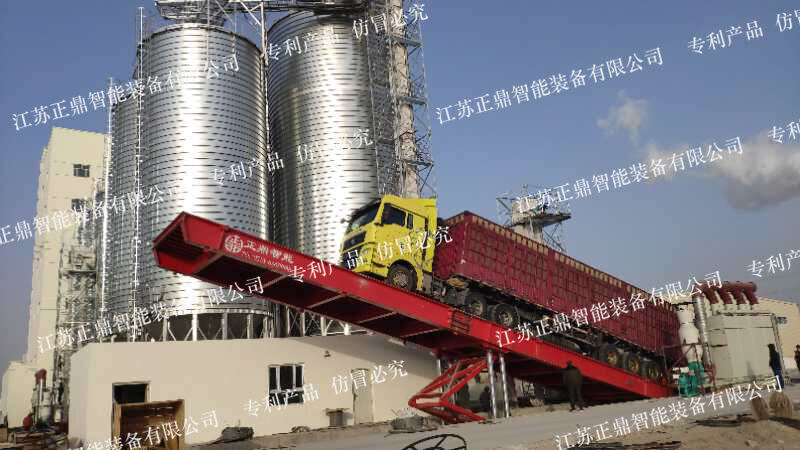freight unloader
A freight unloader is a sophisticated piece of material handling equipment designed to efficiently and safely unload various types of cargo from trucks, containers, and trailers. This versatile machine combines advanced hydraulic systems, automated controls, and ergonomic design to streamline the unloading process. Modern freight unloaders feature adjustable platforms, automated conveyor systems, and smart sensors that detect cargo positioning and weight distribution. These machines can handle diverse cargo types, from palletized goods to loose materials, with options for both manual and automated operation modes. The equipment typically includes safety features such as emergency stop buttons, weight capacity indicators, and stability control systems. Advanced models incorporate touchscreen interfaces for precise control and real-time monitoring of unloading operations. The unloader's framework is constructed from high-grade materials, ensuring durability and longevity while maintaining optimal performance under heavy-duty conditions. With adjustable speed controls and customizable unloading patterns, these machines can adapt to various cargo sizes and weights, making them indispensable in modern logistics operations.


